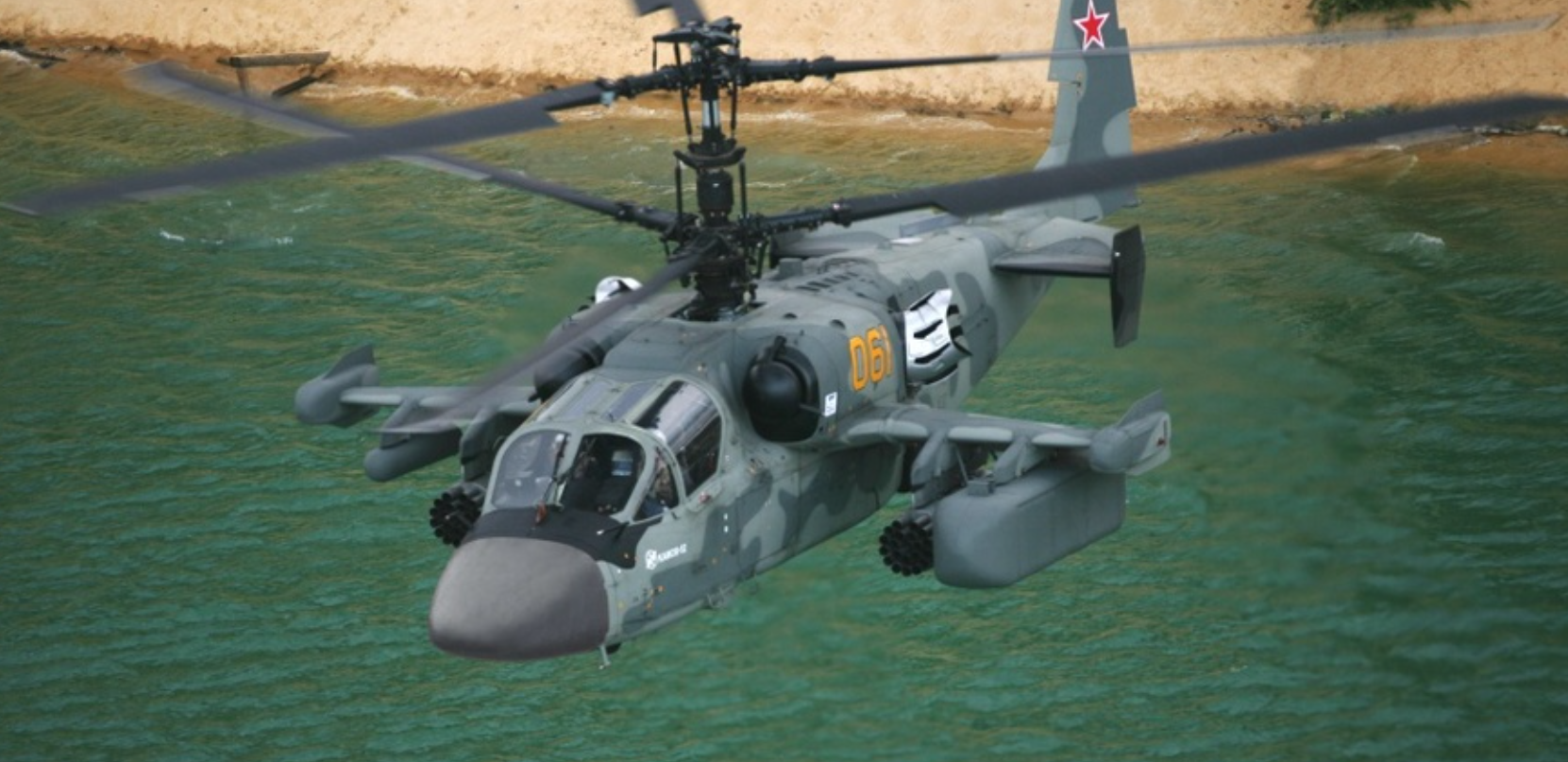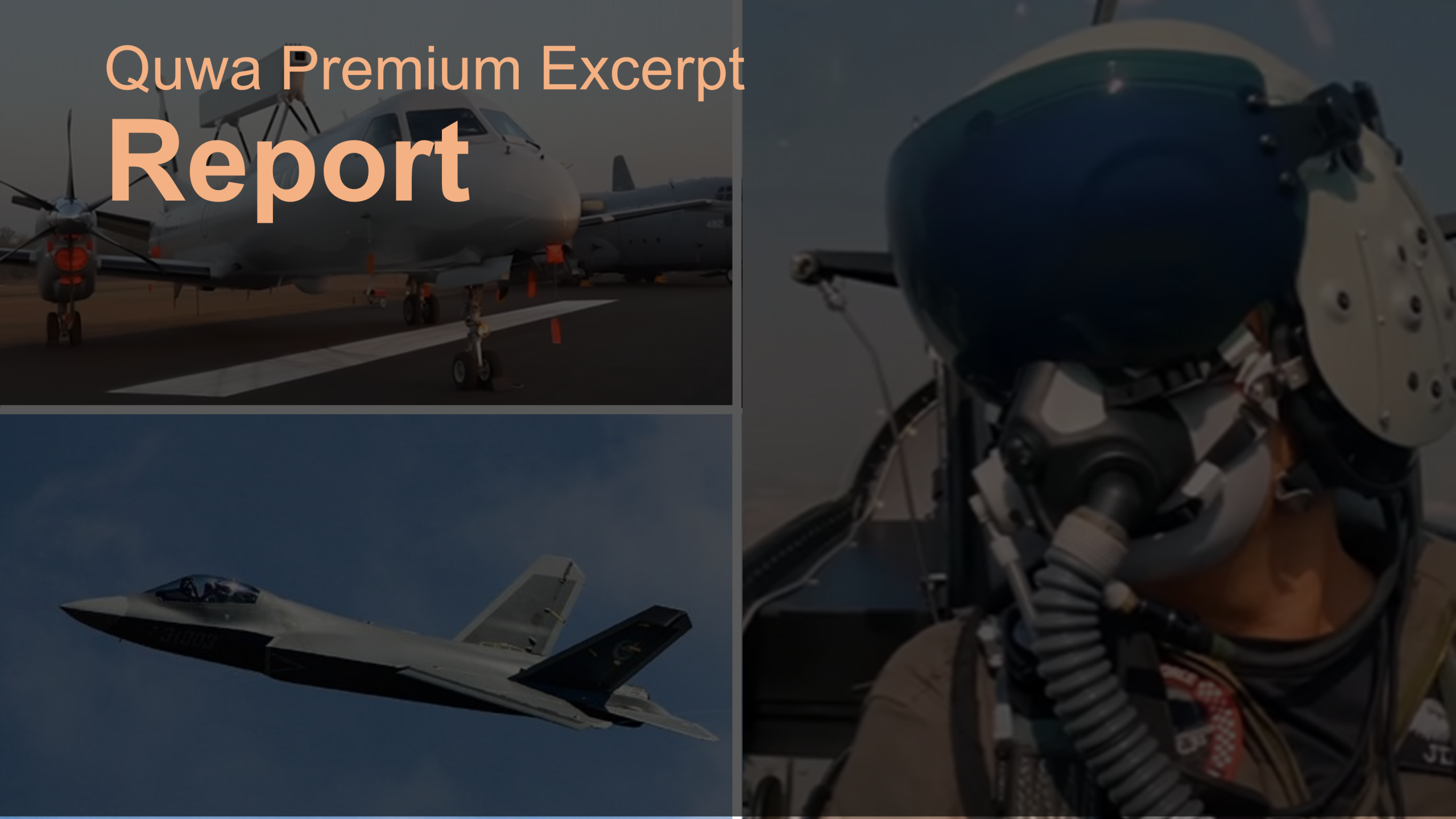07 January 2016
Starting this week and on all following Fridays, Quwa will offer coverage and short-hand analyses of various news topics. It is difficult to offer in-depth coverage of every interesting piece of news, especially in areas unfamiliar to the author, but this could be an effective means of gradually building that expertise. In a way, it is a mutual learning experience, for author and reader alike.
Egypt is buying 46 Ka-52K attack helicopters
Russia will supply the Egyptian Navy with 46 Ka-52K Alligator attack helicopters for use on its recently ordered Mistral helicopter carriers. The announcement was made by Alexander Mikheev, the Director-General of JSC Rosoboronexport, Russia’s commercial defence trading firm. Although the announcement was made quite recently, the deal was finalized in 2015 (Sputnik News).
The Ka-52K acquisition is the latest addition to Egypt’s increasingly long list of big-ticket arms acquisitions over the past year, i.e. the Dassault Rafale with a large and advanced munitions cache, Mistral helicopter carriers, and Type 209/1400 diesel-electric submarines.
For some background on the helicopter, the Ka-52 is a dedicated attack helicopter platform based on the Ka-50 Black Shark, which had its maiden test flight in June 1982. The improved Ka-52 flew in June 1997, but it utilized a side-by-side seating layout for its two pilots, one of whom would manage the helicopter’s onboard electronics system.
According to Russian Helicopters (i.e. the official supply vendor), the Ka-52 has an operational ceiling of 5,500 metres, a maximum speed of 300km/hour and an operational range of 460km. The Ka-52 has six hardpoints capable of carrying a range of air-to-ground munitions including the laser-guided Vikhr anti-tank missiles (Naval-Technology.com). It can also carry the Kh-35 medium-range anti-ship cruise missile, giving it stand-off engagement capability (Defense Industry Daily).
When taken in the context of the Mistral helicopter carrier, this is a significant purchase for Egypt as it clearly affirms Cairo’s intention to fully utilize those carriers (which, by virtue of originally being intended for Russia, were designed to carry the Ka-52). Egypt’s recent acquisitions have indicated a desire to build its capacity for power projection: high-performance twin-engine fighters equipped for precision and stand-off strike, helicopter carriers capable of carrying dedicated naval attack helicopters alongside infantry and armour, and (for now) one large multi-mission naval frigate.
Algeria is looking to acquire 12 Su-32 fighter-bombers
Russia has clearly been making commercial in-roads in North Africa, in tandem with Egypt’s Ka-52 order, the Algerian Air Force is in the process of acquiring 12 Sukhoi Su-32 Fullback fighter-bombers. The Su-32 is the export version of the Su-34, which is seeing use in Syria by the Russian forces stationed there. DefenseNews notes that the Su-34 order is part of the $7.5 billion U.S arms acquisition deal made between Algeria and Russia in 2006 which included fighter aircraft, helicopters, surface-to-air missile (SAM) systems and other high-tech equipment.
Designed to replace the ageing Su-24 Fencer fighter-bomber, the Su-34 is a distant variation of the venerable Su-27 Flanker multi-role fighter. Yes, it shares the same underlying airframe and turbofan engines, but the forward fuselage was enlarged to accommodate for ‘mini-cabin’ and side-by-side cockpit layout. In his piece on Air Power Australia, Dr. Carlo Kopp offered a succinct explanation of why these changes are important:
Specific aims of the new design were to provide better ergonomics for long range / long endurance / high workload profiles, better sanitary conditions for the crew, facilities for the crew to eat meals on long duration profiles, and saving the cost of duplicated cockpit displays and instrumentation. The flight deck was to be fully pressurised, obviating the need for the crew to wear masks through the whole flight.
With a ferry range of 4000km and a payload of 8000kg across eight hardpoints, Algeria is basically on-track to acquiring an excellent long-range strike platform. Not only that, but by virtue of already operating a fleet of Su-30MKAs, it will benefit from a meaningful degree of maintenance and parts commonality. Interestingly, DefenseNews noted that the Su-34s were being bought to replace the Algerian Air Force’s MiG-25s, which are interceptors; Algeria also operates a fleet of older Su-24s, it is possible additional Su-34s will be bought in the future to replace those fighters.
Nigeria is purchasing three JF-17s
IHS Jane’s 360, citing a local Nigerian newspaper, reported that the Nigerian government has allocated approximately $35 million U.S to fund a purchase of three JF-17s and 10 Super Mushshak basic trainers from Pakistan Aeronautical Complex (PAC). Although not confirmed at an official level, it seems Pakistan has made numerous commercial inroads throughout 2015 in terms of selling the JF-17; agreements have reportedly been made (not necessarily finalized) with Myanmar and Sri Lanka. According to Jane’s, Nigeria may become the first operator of the JF-17.
At present the Nigerian Air Force operates 10 Chengdu F-7NIs, which in turn are Chinese variations of the legacy MiG-21. These are supported by 8 Dassault Alpha Jets, which serve as trainers as well as attack platforms. Relative to the MiG-21 and Alpha Jets, the JF-17 would be a phenomenal force multiplier, especially in terms of imbuing the Nigerian Air Force with the full-range of air-to-air and air-to-ground capabilities, including precision and stand-off strike.
Besides the JF-17, there may be additional opportunities for Pakistan in Nigeria in terms of supporting the latter’s counterinsurgency (COIN) efforts. Through its operations in the Federally Administered Tribal Areas (FATA), Pakistan has amassed a significant level of expertise and capacity for COIN. For example, Pakistan may be eager to offer training and capacity building, especially in terms of utilizing strike and ISR [intelligence, surveillance and reconnaissance] assets.




